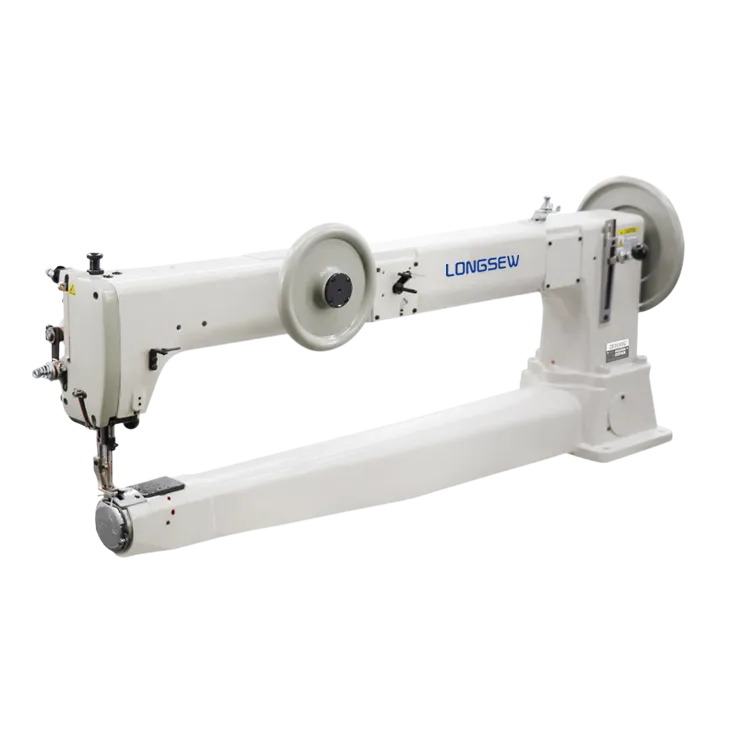Understanding the Key Differences Between Sergers and Overlock Machines for Sewing Projects
When it comes to sewing, understanding the tools you have at your disposal can significantly enhance your crafting experience. Among the various machines available, sergers and overlock machines are often mentioned, leading to some confusion regarding their differences and applications. While both serve to finish edges and prevent fraying, they possess distinct features and purposes.
Firstly, let’s clarify terminology. In many regions, the terms “serger” and “overlock machine” are used interchangeably; however, there is a subtle distinction between them. A serger is a specific type of overlock machine designed for faster sewing and cutting through multiple layers of fabric simultaneously. These machines use multiple threads—typically three to five—to create a stitched edge, offering both strength and flexibility.
The primary function of a serger is to provide a professional finish to seams, which is particularly useful for knit fabrics and garments that require stretch. Sergers can sew, trim, and overcast raw edges in one operation, which speeds up the sewing process significantly. With adjustable stitch widths and settings for various types of fabric, sergers provide versatility to sewists looking to tackle a variety of projects.
Overlock machines, on the other hand, are a broader category that includes any machine that provides an overlocking stitch. This term encompasses both sergers and simpler overlock machines that may only be able to perform basic overlocking functions. Notably, these machines may operate with fewer threads and can lack some of the sophistication and speed offered by sergers.
what is the difference between a serger and overlock machine

Sergers and overlock machines are built differently. A serger typically features a blade that trims the edge of the fabric as you sew, ensuring a clean finish to the seam. The machine also offers differential feed settings, allowing for the adjustment of fabric feeding rates. This feature is particularly beneficial for working with stretchy fabrics, as it helps prevent puckering. Overlock machines may not always include these advanced features, limiting their capability to finish seams effectively.
Moreover, the learning curve for using a serger can be steeper compared to standard sewing machines. Threading a serger can be intricate and requires an understanding of how to utilize the various threads effectively. However, once mastered, sergers can enhance the quality of the finished project by providing a professional look that is hard to achieve with a standard sewing machine alone.
In summary, while sergers and overlock machines share the primary function of edge finishing, the serger excels with its advanced capabilities, speed, and versatility. The term overlock machine encompasses a broader range of machines that may not offer the same depth in functionality. For sewists aiming for high-quality knitwear or garments with a professional finish, investing in a serger is often worthwhile. Nonetheless, understanding the differences can help crafters choose the right machine for their specific sewing needs, ultimately leading to better results in their projects.
-
Industrial Cylinder Arm Sewing Machine: Revolutionizing Heavy-Duty SewingNewsJul.28,2025
-
Cylinder Arm Sewing Machine: Perfect for Special Sewing ApplicationsNewsJul.28,2025
-
Cylinder Bed Sewing Machine: Essential for Sewing Complex MaterialsNewsJul.28,2025
-
Heavy Duty Sewing Machine: The Essential Tool for Industrial ApplicationsNewsJul.28,2025
-
Computerized Pattern Sewing Machine: Revolutionizing Precision StitchingNewsJul.28,2025
-
Heavy Duty Industrial Sewing Machine: Power Meets PrecisionNewsJul.28,2025
-
Leather Sewing Machine: The Industrial Standard for Tough MaterialsNewsJul.18,2025





























